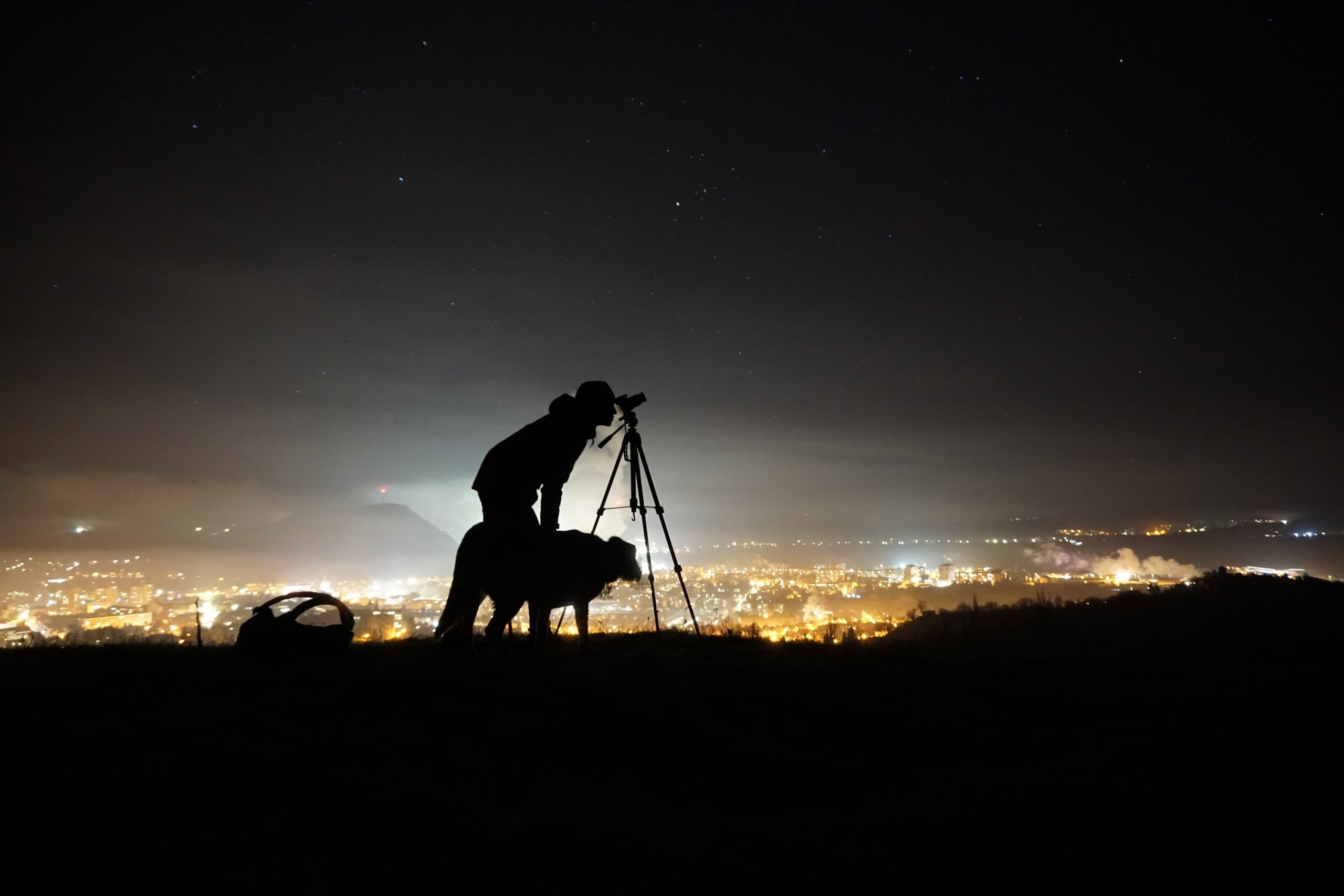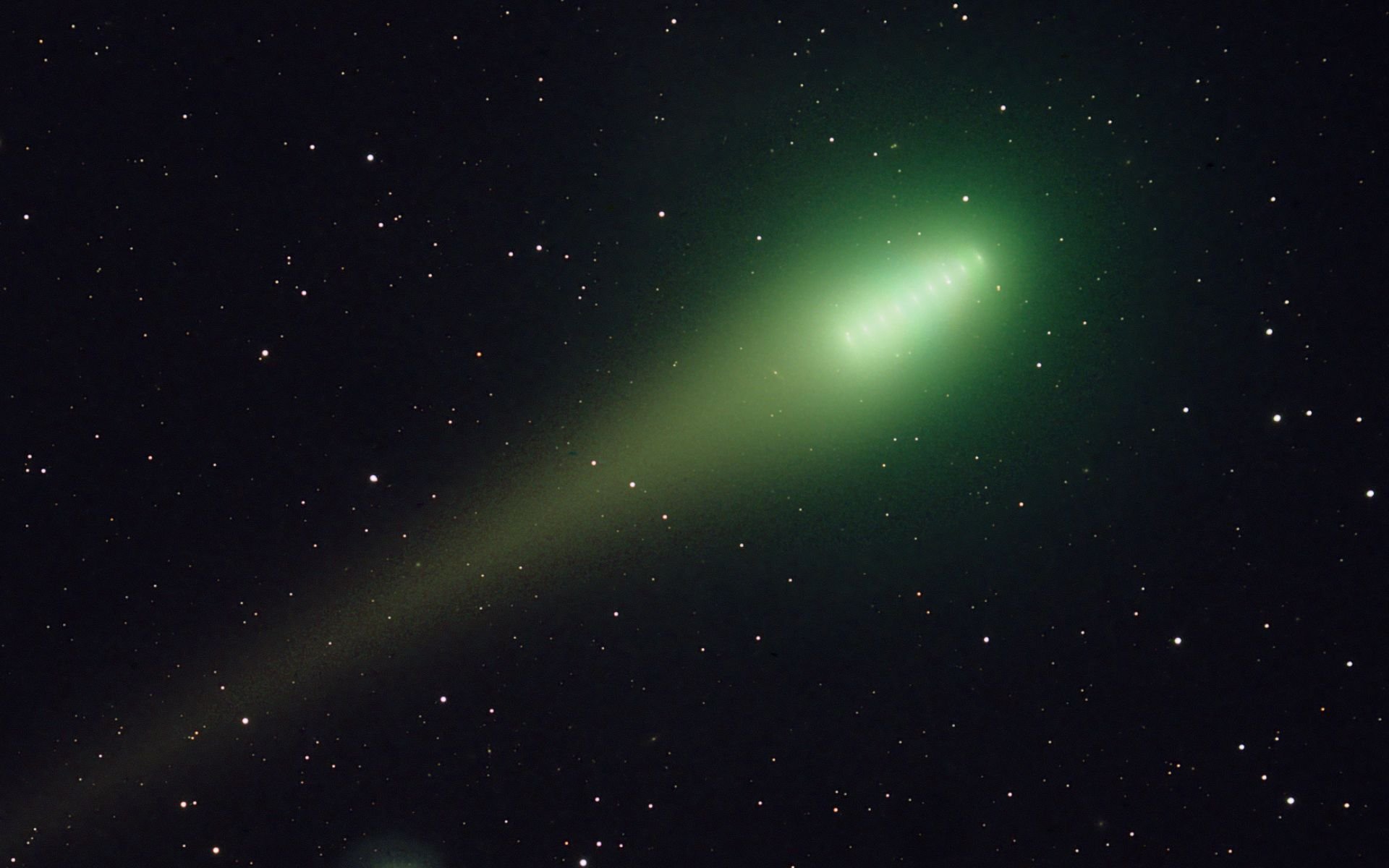On July 21, 1812, a French astronomer named Jean Louis Pons was observing a distant region of the night sky and found a magnitude 6.5 comet on the border of two very dark constellations, Camelopardalis and Lynx (magnitude indicates degree). Brightness of a celestial body: The lower the magnitude value, the brighter it is).
Pons described his discovery in his journal entries as a shapeless object with no tail. However, just over three weeks later the comet was visible to the naked eye, and by the end of August it was magnitude 4.5 and its tail had expanded significantly. Observations continued until September, when the comet plunged into the southern sky, out of sight of most northern observers.
Several astronomers tried to calculate the comet’s orbit, and all results showed that it was. A periodic comet that orbits the Sun in a highly elliptical cycle for a period of approximately 65 to 75 years.
In fact, 71 years later, the same comet was seen again on the night of September 2, 1883, when American comet observer William R. Brooks found it by chance. Initially, the comet was quite faint (magnitude 10.0) and was thought to be a new comet until initial orbital calculations showed it to be identical to Comet Pons. The comet soon became visible to the naked eye on November 20, reaching magnitude 3.0.
After this new appearance of the comet, other orbital calculations were made and it was shown that the comet had a period of approximately 71.3 years and would return in 1953-1954, which happened.
This comet, now called 12P/Pons-Brooks, is a Halley-type comet, reaching approximately 0.78 astronomical units (116 million kilometers) during its closest approach to the Sun, or perihelion, and approximately 0.78 astronomical units at its farthest point. It is known to reach (116 million kilometers). , that is, the aphelion, reaches a distance of approximately 17.2 astronomical units (2.5 billion kilometers).
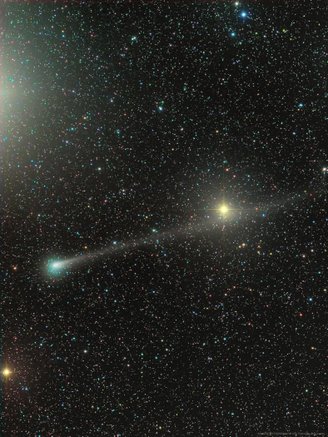
If you do the math in your head from when it was last observed in 1953, I already understand that 12P/Pons-Brooks will return in 2024 and can be seen from both hemispheres of the planet with the help of small telescopes and/or binoculars.
This passage is expected to reach its maximum brightness during April.
Its closest approach to Earth is expected to occur in early April, which will offer amateur and curious astronomers a unique opportunity to observe it in the night sky. However, since the comet’s brightness is often unpredictable, there is no guarantee that it will be visible without the use of instruments.
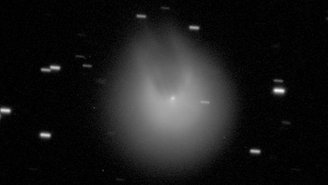
12P/Pons-Brooks has so far been monitored by the Lowell Reconnaissance Telescope in Arizona since June 2020. The comet was magnitude 23.0 when first seen, and has since increased in brightness to approximately magnitude 10.0, making it a target for medium-sized telescopes.
On July 20, 2020, an unexpected burst of brightness briefly caused it to become approximately 100 times brighter, similar to that seen in 1884. His hair expanded to resemble what some thought were the horns of a demon, and so he became known as the “Devil’s Comet.”.
The exact cause of the explosion is unknown, but it is estimated that it was caused by a crack in the comet’s nucleus due to the accumulation of gas (carbon monoxide and dioxide) in it.
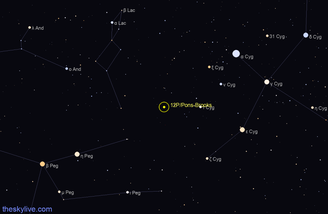
Comet 12P/Pons-Brooks is currently located in the constellation Cygnus, approximately 280 million kilometers from Earth, and is expected to reach magnitude 7.0 by the end of February.
On the nights of March 30 and 31, 12P/Pons-Brooks will pass very close to Hamal, the brightest star of Aries. This star will be useful as a reference in finding the comet. Afterwards, The comet will take on a sunset glow throughout April, reaching perihelion on April 21, beginning prime time for Southern Hemisphere observers.. Its brightness will gradually decrease in May and June.
Source: Tec Mundo
I’m Blaine Morgan, an experienced journalist and writer with over 8 years of experience in the tech industry. My expertise lies in writing about technology news and trends, covering everything from cutting-edge gadgets to emerging software developments. I’ve written for several leading publications including Gadget Onus where I am an author.

